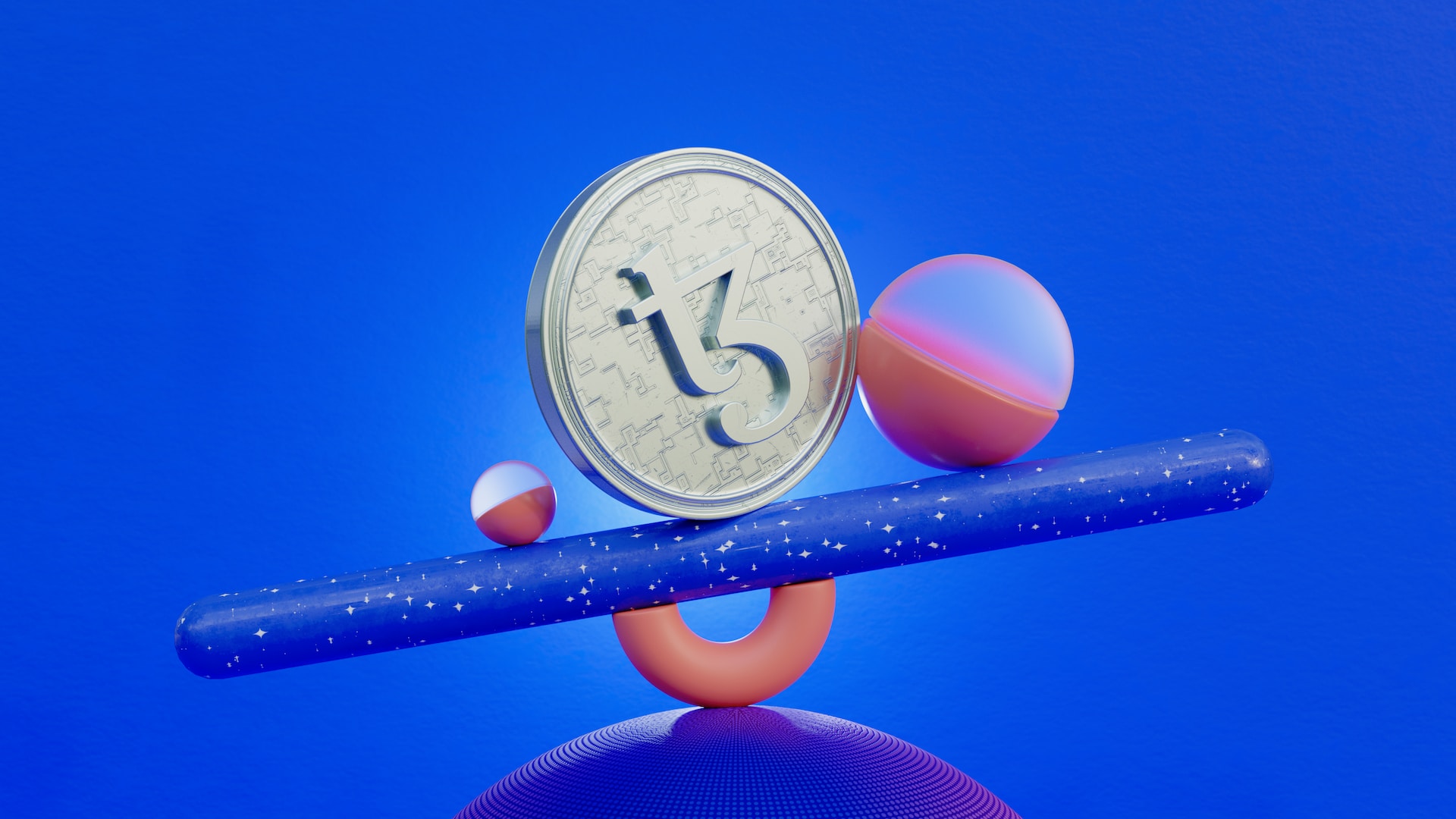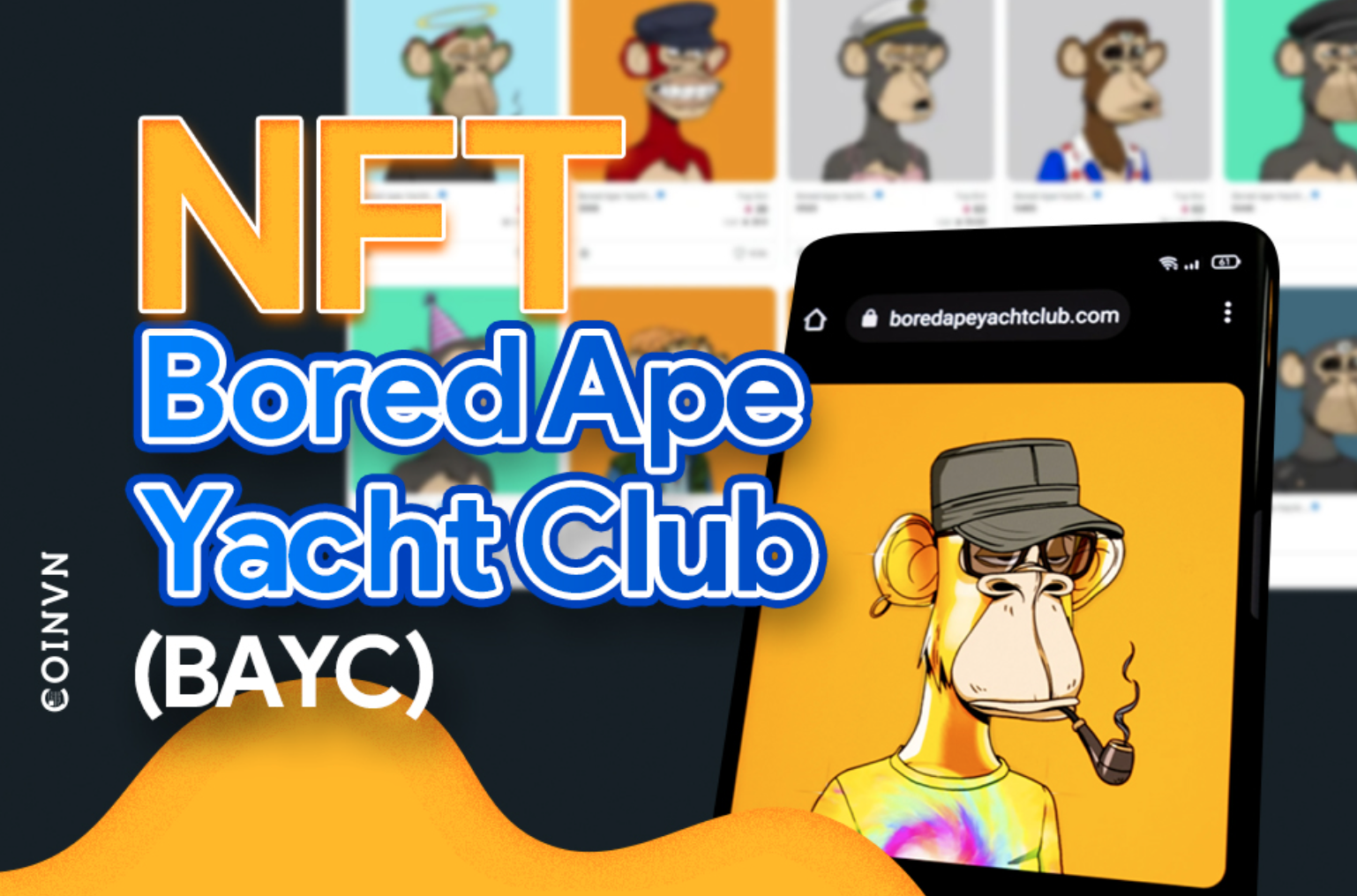As the popularity of NFTs is increasing day by day. There are many valid and valuable NFT marketplaces that came into existence and the Nifty Gateway is one of them. In this post, I will cover what is nifty gateway and how it works in the NFT world. Let’s dive into it.
What is Nifty Gateway?
Nifty Gateway is the NFTs marketplace that is used to sell and purchase Nifties. Nifties is the acronym on NFTs that is specifically used for this platform NFTs. It is basically a centralized marketplace that makes it different from other NFT marketplaces. Nifty Gateways was introduced by two twin brothers named Duncan and Griffin Cock Foster back in 2018. Now Gemini crypto exchange owns the marketplace.
How does Nifty Gateway work?
As I mentioned above Nifty Gateway is the centralized NFT marketplace. Artists and Studios have to follow a procedure to launch their NFTs on Nifty Gateway like they have to go through an application process and interview to mint their NFTs. Artists can not mint their NFTs directly on this marketplace. The team itself mint artist’s NFTs and other operations as well. So the artist can focus solely on their artwork. This process and functionality make helps this marketplace to generate high-quality and rarest NFTs for nifties collectors.
Applying to be a Nifty artist will require you to fill out an online form. After that, you will be able to sell your artwork on Nifty Gateway. As part of this process, you will have to complete an eight-part questionnaire and an interview. NFT art on Nifty Gateway is carefully curated by its team.
Scheduled drops are used to launch new NFTs in the marketplace and create the hype for new projects. Nifty Gateway has its own newsletter service to announce new drops to its audience. Some of the time the drops require preregistration to be eligible to claim drops on Nifty Gateways because popular collections sell off quickly at the time of launch.
What is the process for signing up to Nifty Gateway or accessing the market?
Nifty Gateway is not free as other marketplaces like rarible and opensea. Signing up on this marketplace is simple. Just go to the sign-up page and you will have two options to create your account.
If you have a MetaMast wallet you can connect with Nifty Gateway and submit some basic information like email, password, and name, that’s all you have to do. Your account will be created. If you don’t have a MetaMask wallet you can go with the second option “Sign up with Password”. It will lead you to a simple form with your email, name, and password fields. You can register yourself by simply putting this information and your account will be created.
It will ask you to submit further information like attach a payment withdrawal method, interested NFTs, 2FA, and other basic settings. You can submit or skip this information, It is up to your choice.
Buying or selling a Nifty (NFT) is a simple process:
To buy and sell your nifties you have to first create your account on Nifty Gateway as I have guided above. In this heading, I will discuss the different buying and selling methods of Nifty Gateway.
In terms of global offers:
Potential buyers who are willing to buy an NFT send offers to the owner of that NFT. NFT owner receives notifications from the buyer for their offers and has the option to accept or reject the offer. If the artist or owner accepts the offer the NFT will be sold to that buyer.
Online Silent Bids:
Auctions are conducted completely blind, and potential buyers are only notified whether they have won the NFT after the auction or not.
Drawings:
This feature is not so old and was specially introduced recently to avoid abusers of this marketplace who run different bots to steal NFTs from the real owner. This feature allows buyers to enter into a lottery with the right to purchase a specific NFT at the presented price.
Open Editions:
This means that the volume of specific NFT is increased to infinite for a specific time period like for 15 minutes right after the launch. With this feature, the reach of NFT is increased to many buyers.
Some main features of Nifty Gateway:
Nifty Gateway has some very useful features few are unique and few can be found on the other marketplaces as well.
Availability of fiat currencies:
Nifty Gateways allow users to configure their credit/debit cards to buy NFTs. They can also make payment withdrawals to their bank accounts as well. It is a very user-friendly feature. So you don’t have to buy a cryptocurrency from an exchange and transfer it to your wallet. All you have to do is configure your bank account and card. This feature is only available for American users and American banks yet. But we hope that the marketplace expands this feature into other countries as well.
Drops you can only get Nifty Gateway:
Nifty Gateway agreements with exclusive artists and NFT studios. So that collection can not be found on any other marketplace except Nifty Gateway. These are called exclusive collections. Artists agree to the terms because they want to sell their NFTs on a valid and reputed marketplace. All operations minting, transactions, and fees are handled by the Nifty Gateway team.
Historic price chart:
In 2020 Nifty Gateway introduced a special feature that we usually see in cryptocurrency and stock exchanges which is historic price charts. Nifty Gateway allows users to see historic price data of NFTs with this feature users can check the price history of any specific NFT and bid accordingly. Users can also set the price alert for a specific NFT, if the price lies in between their settled threshold in the future they will receive a notification. It makes it easy to track multiple NFTs without repeatedly checking out. If you are interested in any NFT and waiting for the price to come down. You can set the price alert for that NFT on the Nifty
Fee Structure of Nifty Gateway:
Nifty Gateway allows creators to set their royalty fee. The royalty fee is the percentage of the price that is deducted and transferred to the artist on every sale of their NFT. The marketplace has a 5% service fee that is deducted by Nifty Gateway on each NFT transaction. This fee is for operational charges and other services as well from the marketplace.
V1 listings: Authorized sellers can create V1 listings. The fee is 5% for the V2 listing. Users can accept multiple modes of payments with credit/debit cards or Eth balances.
V2 listings: V2 listings can be created by anyone with an ETH wallet. The transaction fee is only 2.5%, and you can pay directly using your ETH wallet.
Ethereum wallet to wallet transfer:
Nifty Gateway also allows users to transfer NFT from one Ethereum wallet to another Ethereum wallet. But this transaction can only be performed during the sale event. This feature is specially introduced to decrease the gas fee. This feature saves up to 75% on gas fees as compared to other marketplaces.
Advantages and Disadvantages of Nifty Gateway:
Advantages:
Nifty Gateway is worth trying because it has tough criteria for artists, any creator can not mint their NFT directly on this marketplace. Artists have to go through the process to participate in Nifty Gateways. Because of their tough interview and questionnaire, only professional creators can mint their NFTs. Due to this feature, only high-quality and exclusive NFTs are mostly minted on this platform which are not available on any other platform. Most of the operations are handled by the Nifty team itself. So the fraudulent activities are less compared to other platforms.
Nifty Gateways is built on the Ethereum blockchain which is the most popular blockchain in the NFT world. So users can easily sell and purchase their NFTs easily because of the huge Ethereum-based audience.
If you are an American resident you can easily withdraw your payments to your bank account and deposit funds through your credit/debit card. The support of fiat currencies increases the utility of this platform.
The user-friendly design and layout make Nifty Gateway stand out from other marketplaces. Newbies can easily use this platform.
Disadvantages:
It is necessary to discuss the disadvantages of Nifty Gateway where we mentioned advantages.
Where the support of fiat currencies is an advantage for US residents it is disadvantage for non-us residents.
Carbon footprint: This marketplace is based on the Ethereum blockchain and costs a lot of energy to perform a single NFT transaction. This is a big disadvantage for our environment. So it’s not environment friendly.
This marketplace is not very good at securing your NFTs. You must enable your 2-factor authentication when you start using this platform. Recently thousands of dollars worth of NFTs were stolen from users’ accounts who did not activate 2-factor authentication.
Conclusion:
It is always important to discuss the pros and cons where the cryptocurrency or digital assets are involved so I have covered them above after discussing what is nifty gateway and the important features of Nifty Gateway. Always do your own research before jumping into any NFT marketplace. If you have any suggestions or questions you can ask in the comments.






